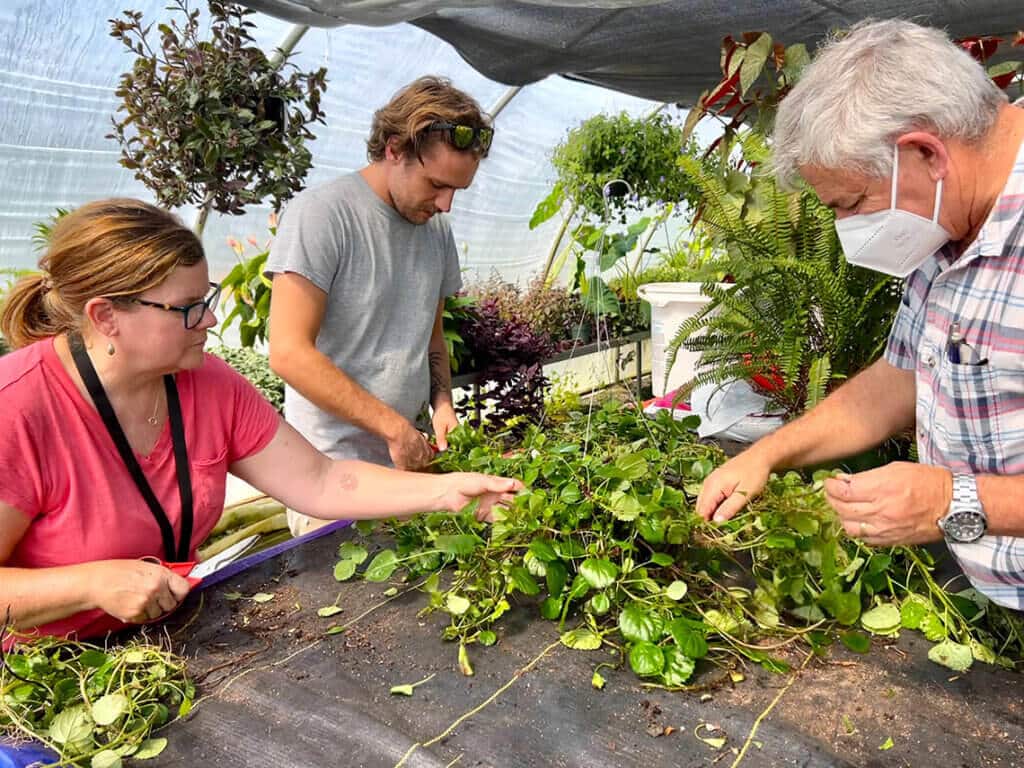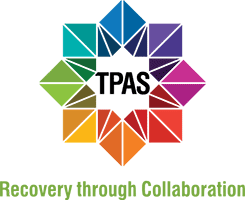By Laura Eshelman
It may be astonishing to realize that the COVID-19 lockdowns are now just a little over five years behind us. While the introduction of vaccines and boosters have somewhat diminished covid as a global threat, the pandemic demarked a distinct timeline for many of “before” and “after”; daily life for most people is at least a little, if not significantly, different than what it looked like before March 2020. Unfortunately, the state of mental health in the United States deteriorated in many ways as a result of the pandemic, and is still in need of a booster.
The U.S. is not alone in this regard. The World Health Organization reported that rates of depression and anxiety worldwide increased by 25% within the first year of the pandemic (https://www.who.int/news/item/02-03-2022-covid-19-pandemic-triggers-25-increase-in-prevalence-of-anxiety-and-depression-worldwide). Boston College found that depression and anxiety rates in the U.S. by November 2020 were six times higher than the previous year, particularly for young adults (https://www.bc.edu/bc-web/bcnews/campus-community/faculty/anxiety-and-stress-spike-during-pandemic.html). Social isolation, substance use, and lack of access to in-person counseling were just a few of the compounding factors in what some experts have termed a mental health crisis—as well as a loneliness crisis. All of this was furthered by widespread employment losses and the shift to virtual learning in schools during lockdowns
Mental health research indicates that we have yet to turn a corner. A recent Gallup poll found that one in five Americans say they experience loneliness every day, although this has dropped slightly since 2021 (https://news.gallup.com/poll/651881/daily-loneliness-afflicts-one-five.aspx) COVID-19 variants and other serious airborne illnesses also remain a reality, and continue to deter people from going out and gathering as frequently. This uncertainty has led to lost connections, as well as increased reliance on social media. While it is a tool that can provide outlets for people to stay in touch, social media has also been found to exacerbate pre-existing loneliness and anxiety because of skewed perceptions of the world; young adults in particular seem to be vulnerable to negative self-comparisons with others, as well as susceptible to fear about health information shared through tools like Facebook and TikTok. (https://pmc.ncbi.nlm.nih.gov/articles/PMC9817115/)
One potential silver lining of the events of the past five years is that mental wellness is now part of a national conversation. While access to mental health services remains a significant challenge, the increase in demand for such services (as well as an increase in internet searches for information about mental health conditions) signals that people are talking about the issue. Culturally, Gen Z reports less stigma around and less discomfort with discussions surrounding mental health challenges than previous generations. The challenge to meet the rising demand for services has also spurred the development of new technology to reach people who might be unwilling or unable to get into therapy, such as apps created by psychologists called “digital therapeutics”; these apps offer practices for people to use at home, like teaching CBT skills or exercises to manage insomnia or stress. (https://www.apa.org/monitor/2024/01/trends-pathways-access-mental-health-care)
Nevertheless, the loss of in-person contact and a connection to their communities remains at the crux of their mental health struggles in many people’s lives. Residential treatment can be a powerful experience for people seeking to regain that feeling of belonging and to heal with positive relationships. CooperRiis has and continues to serve many such individuals who, for any multitude of reasons, lost footing in the wake of the pandemic and need additional support in recovering it through collaboration, compassion, and shared experience.









